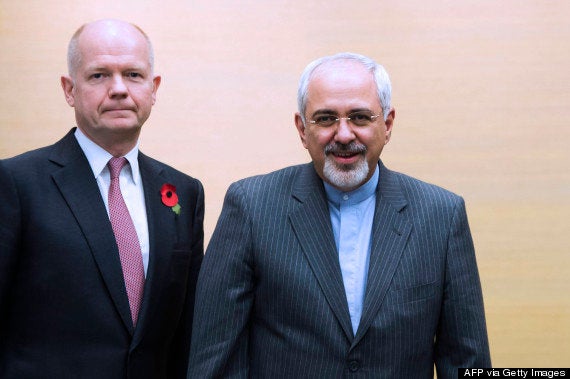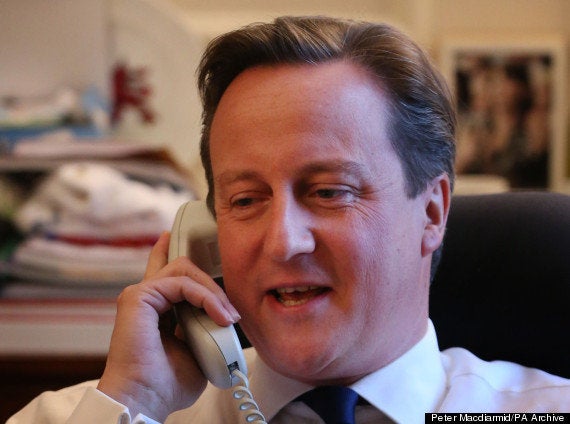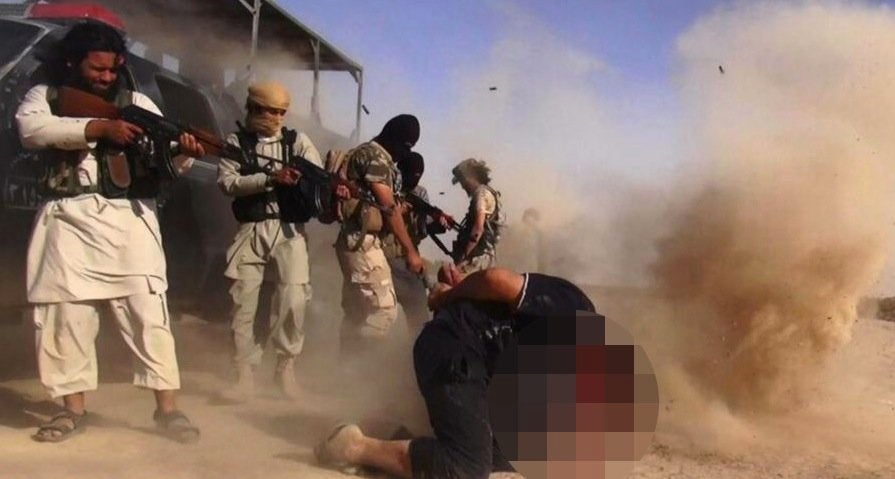WASHINGTON -- To those who feared that the deadline for a political framework on the Iran nuclear deal would pass with nothing to show for two years of negotiations other than a joint statement, the four-page fact sheet released Thursday by the White House was welcome news.
The fact sheet promised a June 30 deal that would leave Iran’s nuclear program crippled for the purposes of making nuclear weapons. Iran will forfeit two-thirds of its centrifuges and all of its highly enriched uranium. Low enriched uranium, which cannot be used to fuel a weapon, will only be produced at one site, Natanz, simplifying the work done by International Atomic Energy Agency inspectors. In return, Iran will receive sanctions relief -- but, according to the White House, only after it can prove compliance with its end of the deal, and always with the threat of an immediate return to sanctions in the case of a violation.
After the announcement of the deal, The Huffington Post spoke with two former State Department officials who served on the U.S. negotiating team and asked them to weigh in on the White House's announcement. Here are some of their takeaways:
It is unclear what will happen to the United Nations' sanctions.
Sanctions against Iran broadly fit into three categories: those imposed by the U.S., the European Union and the U.N. Security Council. According to the White House, U.S. and E.U. sanctions will be suspended rather than lifted (meaning they can be quickly reimposed with little administrative holdup) after the IAEA confirms Iran has fulfilled its commitments to downsize its nuclear program.
How relief on U.N. sanctions will materialize is more vague. There is currently a slew of U.N. Security Council resolutions against Iran that include sanctions. Under the final nuclear agreement, all U.N. Security Council resolutions pertaining to Iran’s nuclear program will be lifted and replaced with a single new resolution, which will accept the terms of the deal, and will carry over sanctions from previous resolutions related to Iran’s support for terror, its human rights abuses and its ballistic missiles program.
The White House does not explicitly describe how the new U.N. resolution will handle nuclear-related sanctions. The U.S. will inevitably push for a suspension rather than a lifting of those sanctions, so they can be quickly reinstated -- but this idea is likely to face opposition from other members of its six-country negotiating team, known collectively as the P5+1.
“[The U.S.] can't write the rules on what to do with the U.N. Security Council resolution. Five members of the P5+1 will be in the room voting, and they all have a veto power, so this will be a negotiated process,” said Joseph DeThomas, who did sanctions work in the State Department until early 2013.
For Russia and China, the most outspoken critics of the snap-back provision for U.N. sanctions, the concern is more procedural than substantive. Any automatic trigger undermines their veto power, which both countries guard closely.
Invasive inspections will be permanent, even at undeclared sites.
As part of the final agreement, Iran will abide by the additional protocol of the nuclear Non-Proliferation Treaty, which, unlike other provisions of the deal, has no expiration date.
"The permanent implementation of the additional protocol is a big deal for verification in this agreement,” explained DeThomas. “The whole reason the additional protocol exists is to ensure states don't have undeclared facilities. Every time Iran has tried to pull a trick, it's tried to pull off a clandestine facility. The additional protocol makes this much harder."
The additional protocol, drafted by the IAEA in 1997, was the nuclear watchdog’s effort to ramp up their inspections and verifications ability after discovering that Iraq and North Korea had managed to skirt IAEA safeguards and produce covert nuclear weapons programs.
A key question that remains is how the P5+1 will ensure that adherence to the additional protocol is legally binding. Iran signed the document in 2003, but has yet to ratify it. The White House’s current language vaguely states, “Iran has agreed to implement the Additional Protocol of the IAEA," without any reference to ratification.
Timing on concessions from either side is tricky.
There is still no clear timeline as to when Iran will be required to dismantle parts of its nuclear program, and how soon after that IAEA inspections and sanctions relief will follow. But if precedent is any indicator, negotiators will have to cleverly circumnavigate the issue of who budged first.
According to Richard Nephew, a former State Department official who helped negotiate the November 2013 Joint Plan of Action, negotiators bounced around a number of proposals about the timing of compliance verification and subsequent sanction relief for the interim agreement. It became increasingly clear that the Iranians needed the optics of the two events happening at the same time, or at least on the same calendar day, in order to present the events in a positive light back home.
Negotiators settled on a concept that they described as the “long day.” That long day came on Jan. 20, 2014 -- Martin Luther King Day in the U.S.
At 2 a.m. Washington time (8 a.m. in Brussels and 11 a.m. in Tehran), IAEA inspectors reported to the P5+1 teams that the agency had successfully verified Iran’s compliance with its nuclear obligations under the interim deal. By the beginning of business hours in Washington, U.S. and E.U. sanctions relief was set in motion.
“We literally used the fact that Iran is further to the East of Brussels and Washington to deal with the issue of sequencing and the perception of who goes first,” said Nephew.
Perception back home matters.
As demonstrated by the creative timing arrangement above, a good negotiation allows all parties to claim they extracted meaningful concessions from the other side. The abolition of all previous nuclear-related Security Council resolutions and the replacement with a new one is a perfect example of a move that gives both the U.S. and Iran good talking points back home.
"What's being done here is a clever way of saying, 'You can have your cake and eat it too.' The Iranians can say they got rid of the UNSC resolutions and the Americans can say, ‘We kept critical provisions in place that will prevent Iran from getting a nuclear weapon,’” explained Nephew.
U.N. resolutions, while not the most detrimental to Iran’s economy, are viewed by the Iranians as unjust international condemnation for a nuclear program that they insist is limited to peaceful purposes. Meanwhile, opponents of the nuclear deal in Congress criticize negotiations for ignoring Iran’s support for groups like Hamas, Hezbollah and the Houthis. The negotiators’ plan for redrafting U.N. resolutions gives both the Iranians and the Americans something to boast about to their domestic critics.
Before You Go
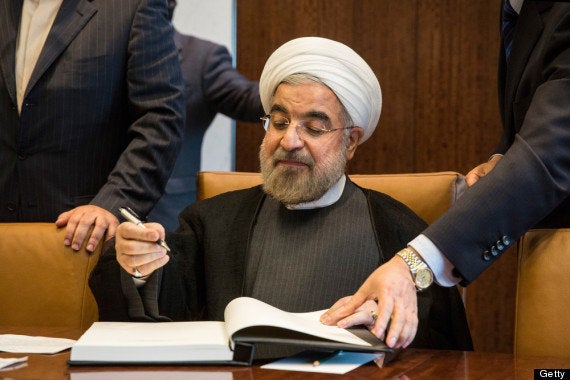
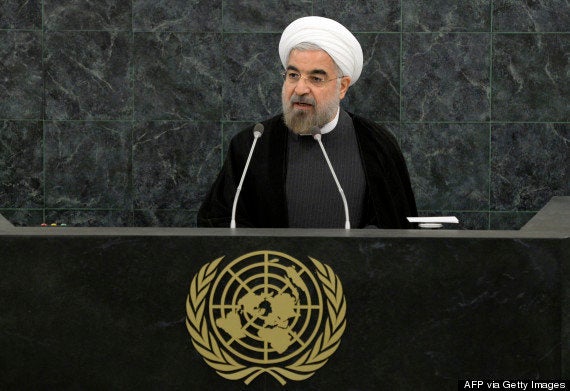
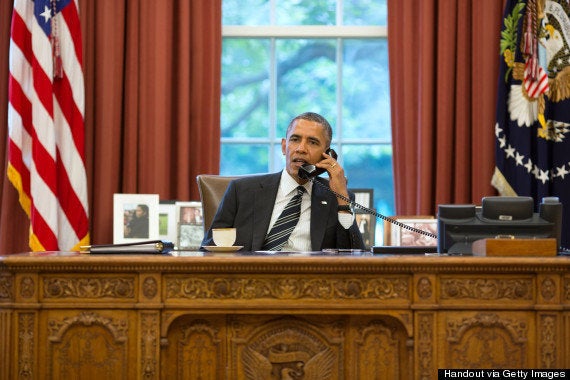
After historic phone conversation with @BarackObama, President #Rouhani in plane abt to depart for Tehran. #UNGA pic.twitter.com/TFtLWxbbaV
— Hassan Rouhani (@HassanRouhani) September 27, 2013